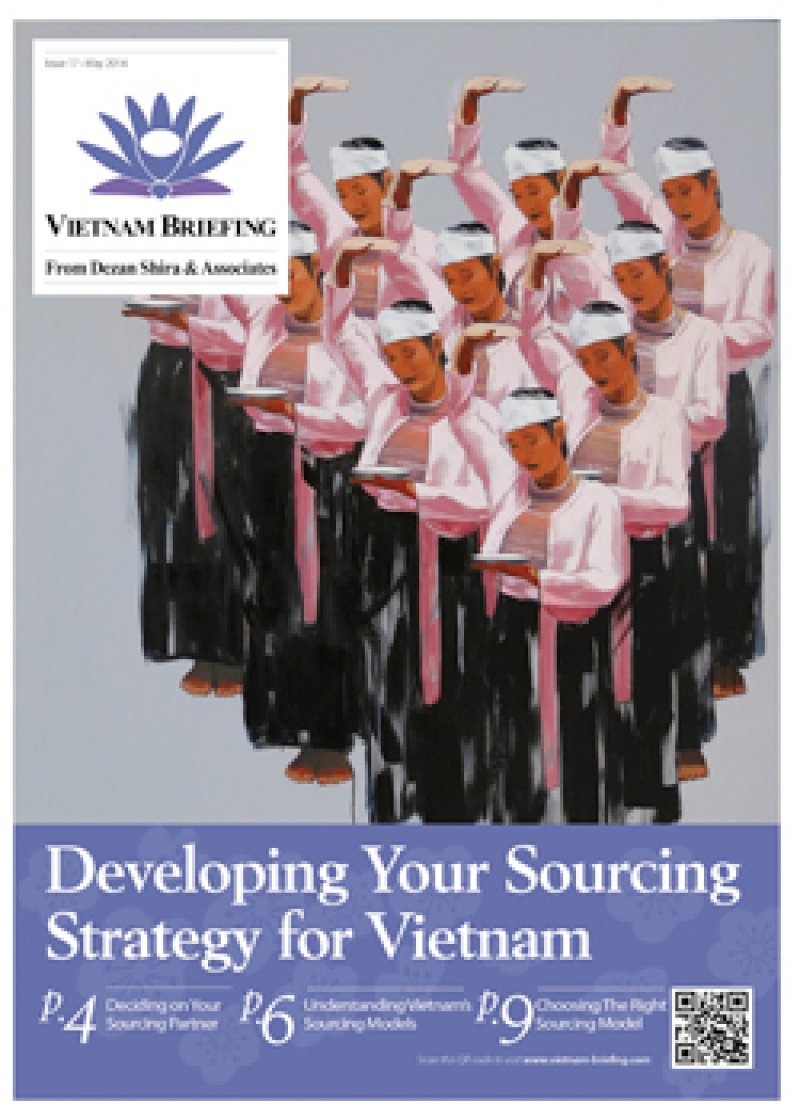China Outbound: Tax Incentives Boost Investment into Asian Countries
Our Latest Round-Up of Business News Affecting China-Based Businesses Investing in Asia
In this edition of China Outbound, we look into the tax policies and certain tax rates implemented in Asian countries. During China’s economic boom, the government increased foreign direct investment with tax incentives and fiscal support. Now, many of these incentives are being rolled back, partly to support domestic companies. Meanwhile, other ASEAN countries such as Vietnam and Indonesia provide investors with tax breaks and preferential tax rates to boost investment into certain industries. Elsewhere, we explain the “China Plus One” mode and why investors are suggested to move their factories to India.
Indonesia Extends Tax Holiday in Bid to Attract More Foreign Investment
Indonesia has announced plans to extend the validity of the country’s tax holiday from the current 10 years to a maximum of 15 years. The tax holiday applies to investments over IDR 1 trillion (US$76 million), labor-intensive investments, and investments into eastern Indonesia (an economically poorer region).
China to Maintain Current Local Tax Incentives for Foreigners
The State Council’s announcement in late 2014 to roll back local tax incentives for foreign investors understandably kicked up quite a stir. Foreign companies in part make their investment decisions based on these incentives being available. Equally concerned with the move were local governments, which often make generous use of these incentives to attract more investment into their jurisdictions.
Vietnam to Increase Special Consumption Tax on Imported Cars
As Vietnam continues to attempt to build up its domestic auto industry, the Ministry of Finance has announced that it has drafted a plan to increase the special consumption tax (SCT) on imported cars by changing the basis on which the tax is calculated. The current consumption tax rates on automobiles with fewer than nine seats range from 45 percent to 60 percent, depending on engine capacity. As a result of the new method of calculation, there will be an average increase of five percent on imported car prices. This will mean that domestic sale fees will be added to the total value of cost, insurance, freight, and import tariff costs.
Indonesia Gives Tax Breaks to Exporting Manufacturers
The Indonesian government has brought in tax breaks for enterprises exporting a minimum of 30 percent of their production, in line with tax breaks for multinationals re-investing their profits in the nation rather than sending profits and dividends to overseas shareholders. Such firms are not required to meet minimum invested capital or number of employee requirements to qualify for the tax breaks.
The biggest advantage of India is also the simplest one: India has a GDP (PPP) of US $7.28 trillion, the third largest in the world on this measure after China and the United States. This means there is an enormous market for goods. None of the ASEAN countries can offer this, and despite diplomatic progress, it is unrealistic to expect to do business in all of ASEAN as if it was one nation state.
India Looks East for New Trade, Manufacturing Opportunities
The 2015-2016 Indian budget includes a proposal to set up manufacturing hubs in CLMV countries. The CLMV includes four Southeast Asian nations – Cambodia, Myanmar, Laos, and Vietnam, which are seeing the highest foreign direct investment growth in the region, especially in manufacturing.
|
Asia Briefing Ltd. is a subsidiary of Dezan Shira & Associates. Dezan Shira is a specialist foreign direct investment practice, providing corporate establishment, business advisory, tax advisory and compliance, accounting, payroll, due diligence and financial review services to multinationals investing in China, Hong Kong, India, Vietnam, Singapore and the rest of ASEAN. For further information, please email china@dezshira.com or visit www.dezshira.com. Stay up to date with the latest business and investment trends in Asia by subscribing to our complimentary update service featuring news, commentary and regulatory insight. |
![]()
 Trading with India
Trading with India
In this issue of India Briefing, we focus on the dynamics driving India as a global trading hub. Within the magazine, you will find tips for buying and selling in India from overseas, as well as how to set up a trading company in the country.
Developing Your Sourcing Strategy for Vietnam
In this issue of Vietnam Briefing, we explore how Vietnam’s Free Trade Agreements—especially those via its membership in ASEAN—will affect foreign investment into Vietnam. We also go a step further and examine the specific bilateral Double Tax Agreements that Vietnam has enacted, and how these can be further used to minimize profits and withholding taxes that would otherwise be levied upon foreign investors.
 Establishing Your Sourcing Platform in India
Establishing Your Sourcing Platform in India
In this issue of India Briefing, we highlight the advantages India possesses as a sourcing option and explore the choices available to foreign companies seeking to create a sourcing presence here. In addition, we examine the relevant procurement, procedural and tax duty concerns involved in sourcing from India, and conclude by investigating the importance of supplier due diligence – a process that, if not conducted correctly, can often prove the undoing of a sourcing venture.
- Previous Article Dezan Shira & Associates Global Speaking Events – June 2015
- Next Article State by State: China and Illinois Trade




























